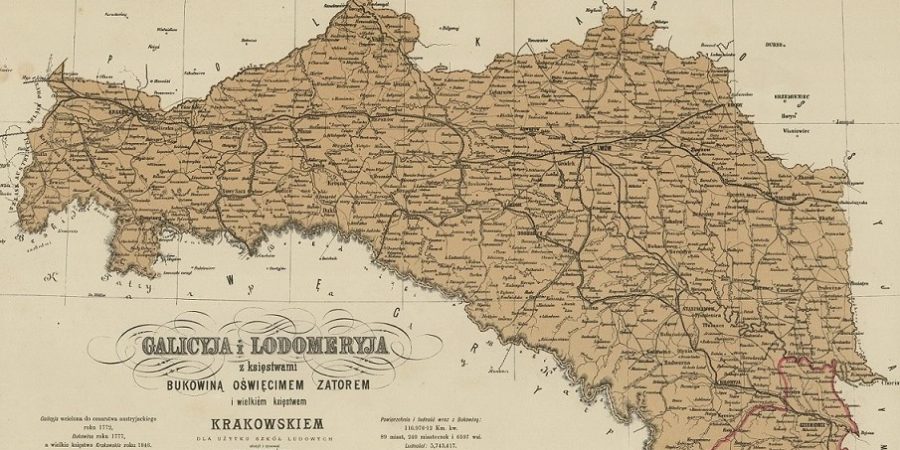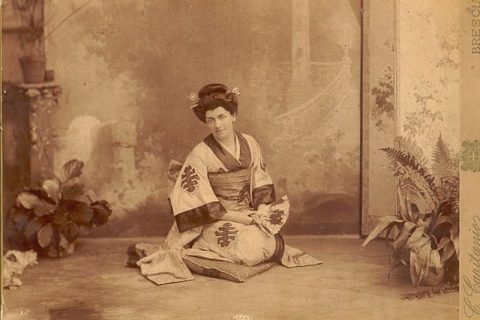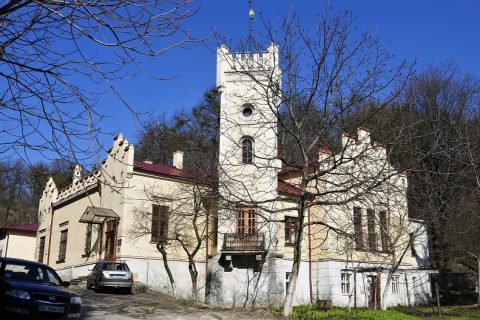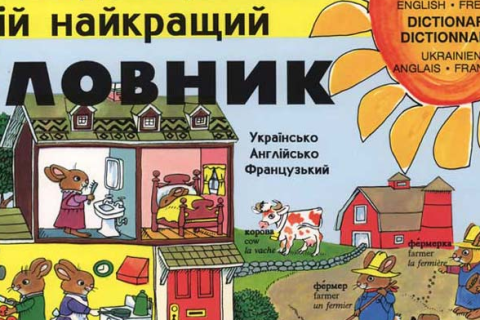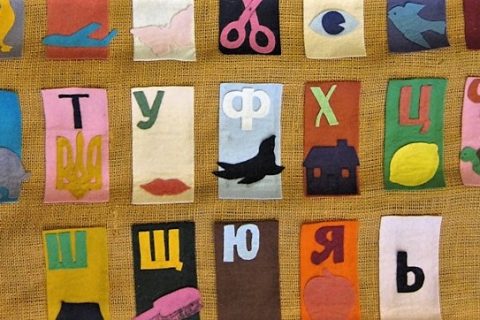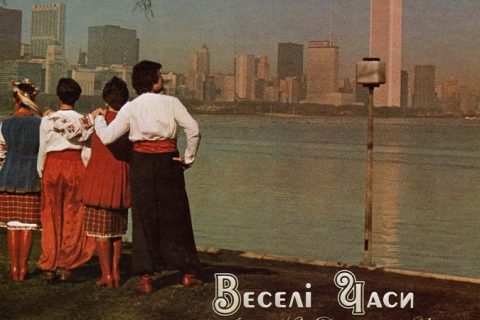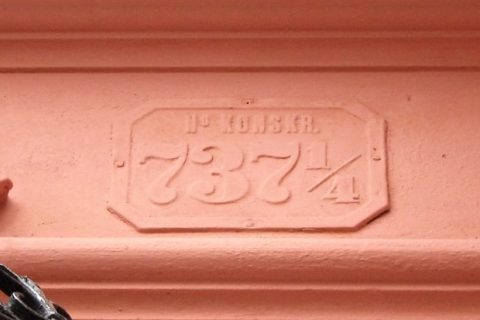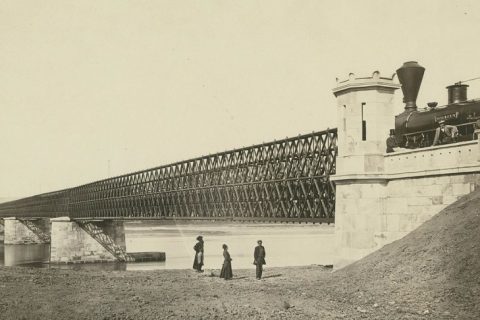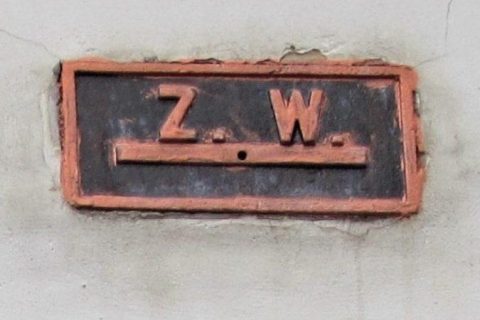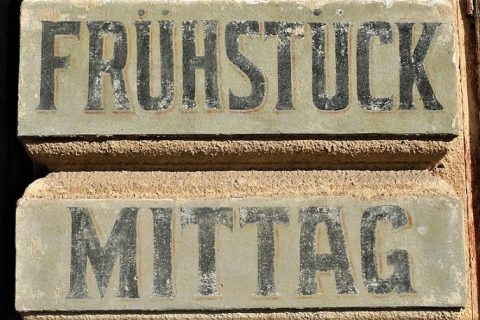Historical Maps of Galicia (1775-1918)
Borders and Districts of Galicia Galicia as a geopolitical entity was created in 1772 with the establishment of the Kingdom of Galicia and Lodomeria, the Habsburg Monarchy’s (later the Austrian Empire’s) easternmost crownland. The capital of the province was Lemberg (today Lviv). A century and a half later, in 1918, […]
Read More
